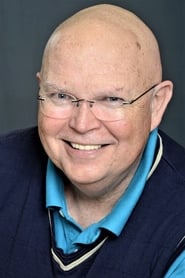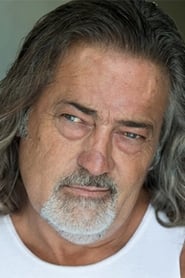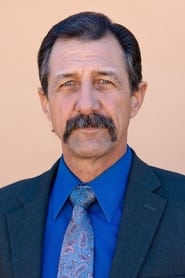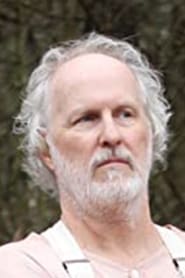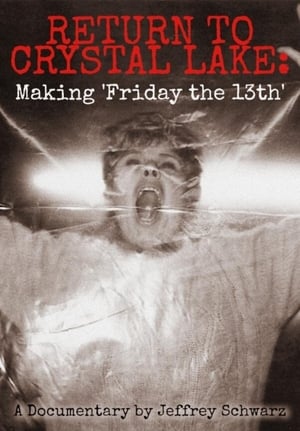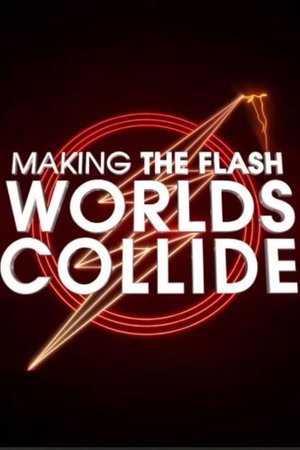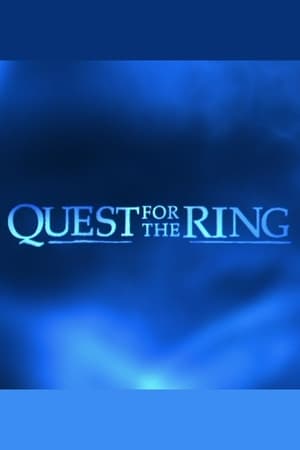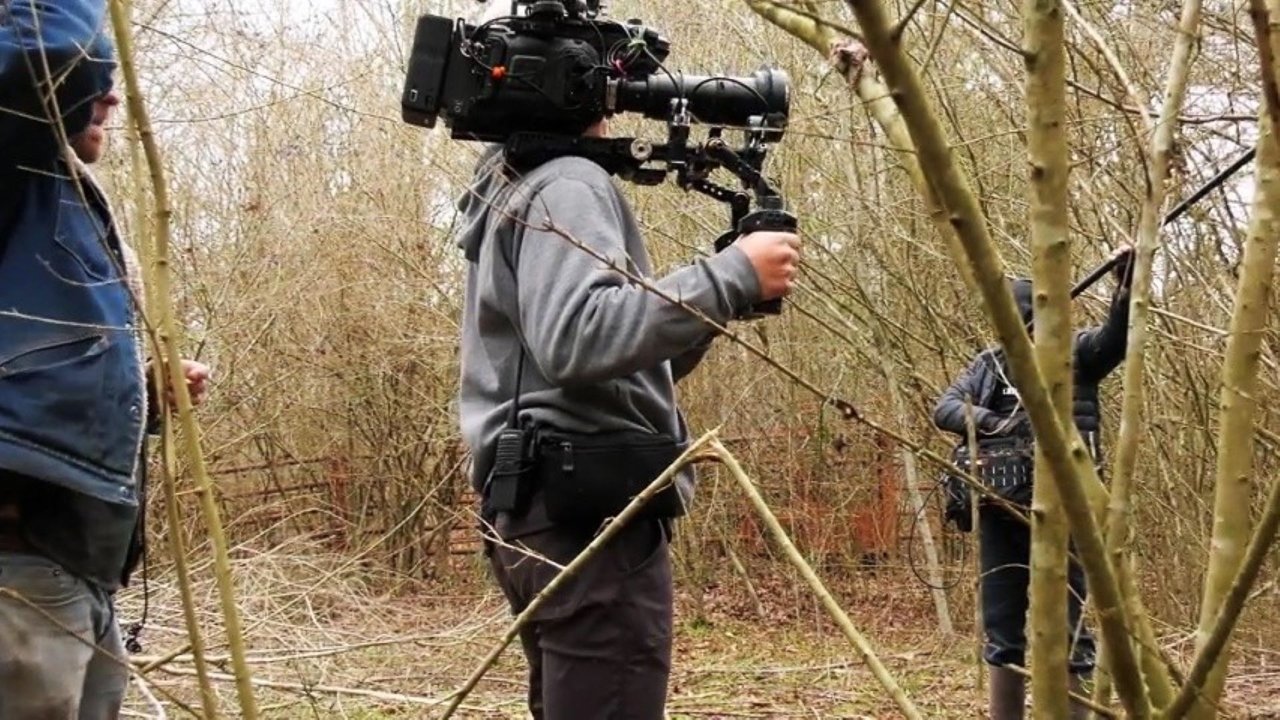
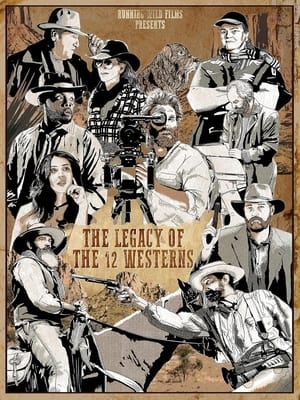
The Legacy of the 12 Westerns(2024)
A look back at the wild and crazy endeavor to make 12 Westerns in 12 Months during 2020 with director Travis Mills, actor/producer John Marrs, and other key cast and crew members.

Movie: The Legacy of the 12 Westerns
Top 10 Billed Cast
Similar Movies
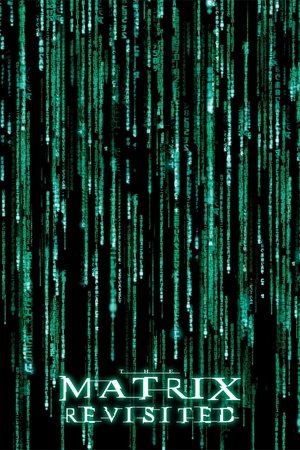 6.8
6.8The Matrix Revisited(en)
The film goes behind the scenes of the 1999 sci-fi movie The Matrix.
 8.2
8.2The Soul of War: Making 'Hacksaw Ridge'(en)
A comprehensive documentary detailing the making of 'Hacksaw Ridge', including the real-life people and story, casting, filming, special effects, stunts, and interviews with Mel Gibson, Andrew Garfield, and more. 'Hacksaw Ridge' is the epic and inspiring true story of Desmond Doss, an army medic and conscientious objector who, during one of the bloodiest battles of World War II, saved 75 men without firing or carrying a gun.
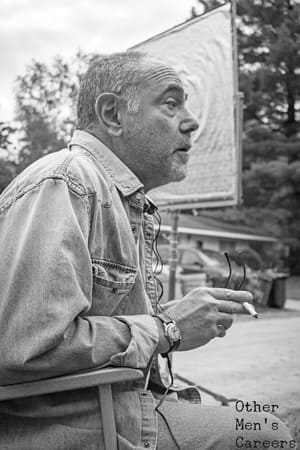 8.5
8.5Other Men's Careers(en)
Eccentric, outspoken, and unfiltered TV and low budget film director Josh Becker struggles to emerge from the shadow of his work on "The Evil Dead", "Xena", the careers of his more successful colleagues, depression and alcoholism to fulfill his lifelong ambition of creating high quality, successful films.
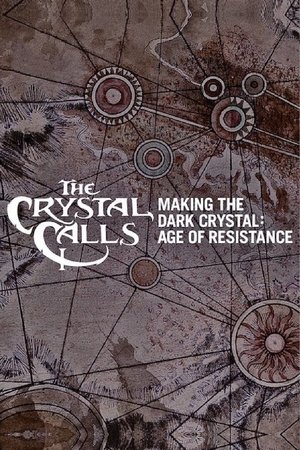 7.5
7.5The Crystal Calls - Making The Dark Crystal: Age of Resistance(en)
Go behind the scenes with stars, puppeteers and creators as they bring Jim Henson's magical world of Thra back to life in a sweeping fantasy series.
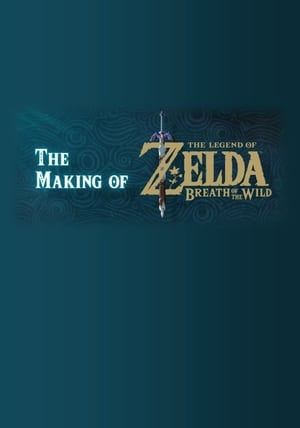 7.0
7.0The Making of The Legend of Zelda: Breath of the Wild(en)
Director Hidemaro Fujibayshi discusses the process and journey of creating The Legend of Zelda: Breath of the Wild, and Producer Eiji Aonuma discusses the importance of creating a game where players could be free to explore.
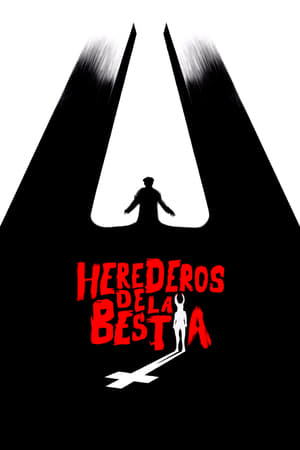 6.0
6.0Heirs of the Beast(es)
The story of the making and subsequent success of The Day of the Beast, the Spanish cult film directed by Álex de la Iglesia and released in 1995.
 0.0
0.0A Day in the Life of French Cinema(fr)
Documentary showing one day of work of over 90 actors and filmmakers from French cinema on the same day. On 27 March 2002, 27 teams filmed actors, directors, producers and technicians at work, from Hawaii to Paris and from New York to Lisbon.
 6.0
6.0Once Upon a Time... Lost in Translation(fr)
A documentary about the making of Lost in Translation.
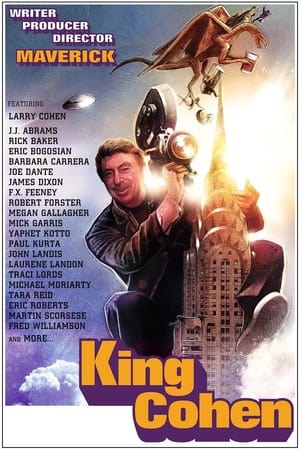 6.6
6.6King Cohen: The Wild World of Filmmaker Larry Cohen(en)
A feature-length documentary focusing on the acclaimed work and eclectic career of maverick filmmaker Larry Cohen, writer-director of "Black Caesar," "It's Alive," "God Told Me To," "Q," "The Stuff," and many more.
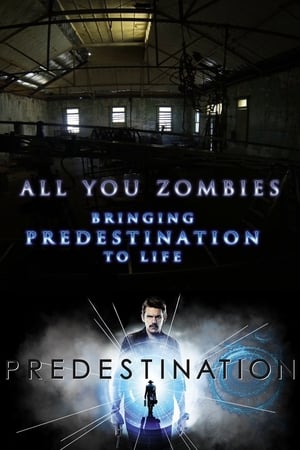 7.0
7.0All You Zombies: Bringing 'Predestination' to Life(en)
Documentary about the making of the Spierig Brothers' 2014 film PREDESTINATION that is based on Robert A. Heinlein's 1959 science-fiction short story '—All You Zombies—'. Through interviews with cast and crew, film clips and behind-the-scenes footage, this documentary thoroughly explores how the film came to be from casting to pre-production to principal photography to post-production. Interviewees include writers/directors Michael and Peter Spierig, producers Paddy McDonald and Tim McGahan, director of photography Ben Nott, special makeup effects designer Steve Boyle, production designer Matthew Putland, special makeup effects supervisor Samantha Lyttle, costume designer Wendy Cork, film editor Matt Villa, and actors Sarah Snook, Noah Taylor and Ethan Hawke.
 6.5
6.5Fellinopolis(it)
Ferruccio Castronuovo was the only authorized eye, between 1976 and 1986, to film the brilliant Italian filmmaker Federico Fellini (1920-1993) in his personal and creative intimacy, to capture the gears of his great circus, his fantastic lies and his crazy inventions.
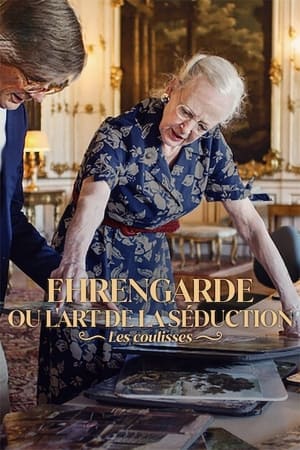 8.0
8.0Lifting the Veil: Behind the Scenes of Ehrengard(da)
Queen Margrethe II of Denmark and director Bille August showcase their meticulous attention to the sets and costumes of the "Ehrengard" film adaptation.
 6.9
6.9The Five Obstructions(da)
Lars von Trier challenges his mentor, filmmaker Jørgen Leth, to remake Leth’s 1967 short film The Perfect Human five times, each with a different set of bizarre and challenging rules.
 0.0
0.0Documentary for the Recently Deceased: The Making of Beetlejuice(en)
A documentary about Tim Burton's iconic 1988 fantasy comedy Beetlejuice, covering all the aspects of production: from filming in East Corinth, Vermont, to the stop-motion and special effects work, as well as a series of exclusive interviews and rare behind the scenes archives.
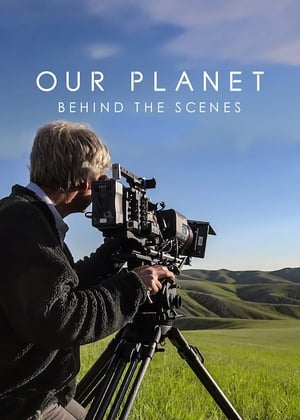 7.6
7.6Our Planet: Behind the Scenes(en)
Years spent recording footage of creatures from every corner of the globe is bound to produce a bit of drama. Here's a behind-the-scenes look.
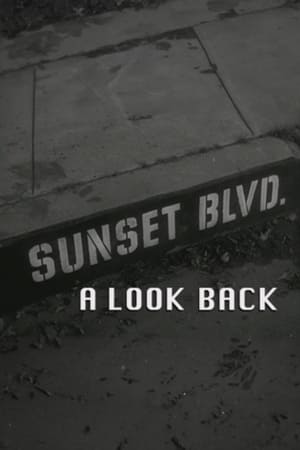 8.0
8.0Sunset Boulevard: A Look Back(en)
Film critics, actors, film historians and other personalities share their experiences and curious stories on the acclaimed Billy Wilder's masterpiece "Sunset Blvd."; its cultural importance by being one of the most iconic and revolutionary films ever made and a picture that still stands the test of time.
